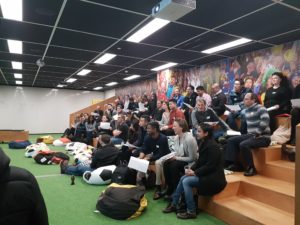Prototyping – typically we digital folk think of going from some sketches to maybe a clickable prototype then to a fleshed out, semi-built format which we can test on.
But what if your product wasn’t digital? And even with digital, can you do something different?
Jes Simson is a product manager of greeting cards. Not digital but paper. And she loves to prototype. Having a physical product reminds us of the importance of risk. When you’re producing 1,000 products a year with an expensive production cycle, you want to test & validate along the development cycle.
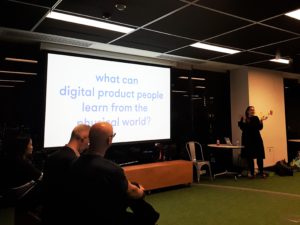
In the grand scheme of things, there’s a lot of similarities between digital and physical. Start by looking at your insights & research. Prototype and soft launch with 1 item until you’re ready to go bigger and branch out.
Jes says a prototype is just a question embodied – and first you need to decide what will kill it?

Brainstorm your assumptions in each category (desirability, feasibility, viability). Try to surface every assumption you have & use tools like a risk template in order to get as many as possible.
After you’ve discovered your assumptions – rank them! Take the riskiest assumption & decide what your questions are. Find the cheapest way to test this. ‘Cheap’ could be money, time or the people involved.
Start by brainstorming on these 3 and what can kill it #prodanon pic.twitter.com/68XbhJyBYh
— product anonymous (@product_anon) July 20, 2017
Some of the ways Simson tests assumptions are taking a short period of time to create a mood board and see if it resonates with card buyers. This is quick to produce & quick to get feedback.
One ‘fabulous’ example of a prototype Jes shared was using a post-it note to illustrate you could fit the word ‘fabulous’ on a card – that it wasn’t too many characters and you could stylize it in such a small space. Point made & progress continued.
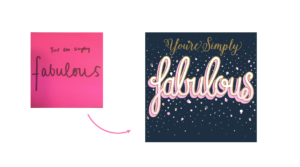
Ask yourself who’s in the best position to answer these questions? You might not be able to access them depending on budget or time so … who’s available?
Be willing to throw things away, to iterate quickly and focus on the getting to no.
Who is in the best position to answer your questions and who is accessible… Use them as test subjects..
— product anonymous (@product_anon) July 20, 2017
Jes also thinks of a prototype as a communication tool. A tool which needs to change based on who your audience is. Your design team may need 1 type of prototype while sales or finance will probably need another. Keep those team specific prototypes with the team… don’t show your CEO the grey lead sketch 😉
To help us understand you can prototype ANYTHING, Jes gave us aluminum foil and a challenge. This then became the most photogenic Product Anonymous session EVER.
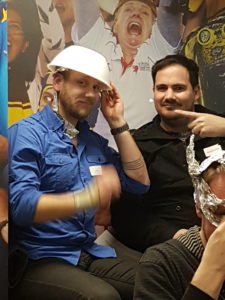


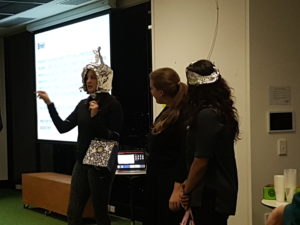
A big thank you to Jes for a great talk and to Sportsbet for hosting us!
Once again, a huge thank you to Fiona Knight for taking these notes!
Prototyping with aluminium foil with @product_anon this evening 🙂 So much fun!! Thanks guys #prototype #design #entrepreneurship
— Dr Bronwyn Eager (@bronwyn_eager) July 20, 2017
